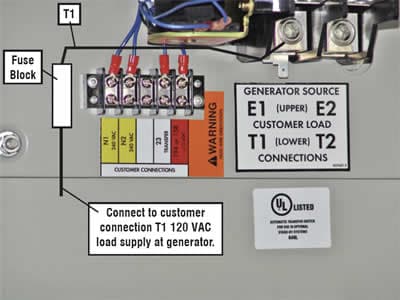Here is an straightforward name bell circuit that displays a welcome message when anyone presses the call bell switch momentarily. the alphanumeric show can be fitted close to the call bell switch. the circuit is built round two 555 ICs (IC1 and IC2), seven KLA511 common-anode alphanumeric shows (DIS1 through DIS7) and some discrete elements. For simple understanding, the entire circuit may also be divided into two parts: controller and show. the controller part is built around IC1 and IC2, whereas the show part is constructed round alphanumeric displays (DIS1 via DIS7).
As exhibitn in the circuit, each IC1 and IC2 are wired as monostable multivibrators having time periods of round 5 2ds and a pair of minutes, respectively. You can change the period of time of IC1 by altering the worths of resistor R12 and capacitor C3. Similarly, the time period of IC2 can also be changed via changing the values of resistor R2 and capacitor C1. Alphanumeric displays DIS1 through DIS7 are wired such that they show ‘WELCOME’ when the output of IC2 goes excessive. the circuit is energyed by way of a 6V battery. Else, you can use the 6V, 300mA energy adaptor that is quite simply on hand in the market. the 6V battery or energy adaptor offers regulated 6V required to operate the circuit.
Circuit diagram :
Call Bell with Welcome Indication Circuit Diagram
A 6V DC socket is used within the circuit to connect the output of the adaptor when you don’t use the battery. Working of the circuit is understated. First, energy-on the circuit the usage of change S2. LED1 glows to level presence of energy provide in the circuit. Now if you press name bell change S1 momentarily, it triggers each the timers (IC1 and IC2) simultaneously. IC1 produces a high output at its pin three for approximately five 2ds. transistor t2 habitss and piezobuzzer PZ1 sounds for approximately 5 2ds indicating that there is somebody on the door. At the identical time, IC2 too produces a high out-put at its pin 3 for roughly two minutes. transistor t1 conducts to allow the alphanumeric shows. the word ‘WEL-COME’ is displayed for about two minutes as DIS1 through DIS7 floor via transistor T1.
If swap S1 is pressed again within these two minutes, piezobuzzer PZ1 once more sounds for five seconds and the display continues to point out ‘WEL-COME’. Assemble the total circuit on a normal purpose PCB and home in a small cupboard with name bell change S1 and LED1 established on the entrance panel. At the rear facet of the cabinet, join a DC socket for the adaptor. Install the total unit (along with the show) on the entrance of your home. Connect the 6V battery or 6V adaptor for energying the circuit. Configure swap 2 (used to allow/disable the decision bell) in a switch board at an acceptable region inside of your home. If you don’t use a battery, connect the facility adaptor to the DC socket on the rear of the cupboard. Close switch S2 most effective when you need to have to prompt the circuit with battery. Otherwise, preserve it open when the 6V adaptor is in use.
EFY notice.
1. To avoid any shorting right via rain, waterproof all the circuit meeting including alphanumeric shows (installed on the entrance) with the help of masking it properly.
2. the total package for this circuit is to be had with EFY affiliates packages’n’spares.
Author : S.C. Dwivedi - Copyright : EFY












 If you’re planning to buy a Pioneer car stereo unit, why not match it with a set of Pioneer speakers too? Pioneer car stereo has made another innovation in their REV Series speakers, which incorporates technological breakthroughs in their IASCA award-winning Premier Reference Series (PRS) speakers. Rev Series speakers boast Pioneer’s Kevlar Fiber Composite Cones, Soft-dome tweeters and Wave guides. Each speaker features a bright yellow cone and distinctive wave guides, plus a six-spoke grill with a titanium finish that simulates chrome wheels.
If you’re planning to buy a Pioneer car stereo unit, why not match it with a set of Pioneer speakers too? Pioneer car stereo has made another innovation in their REV Series speakers, which incorporates technological breakthroughs in their IASCA award-winning Premier Reference Series (PRS) speakers. Rev Series speakers boast Pioneer’s Kevlar Fiber Composite Cones, Soft-dome tweeters and Wave guides. Each speaker features a bright yellow cone and distinctive wave guides, plus a six-spoke grill with a titanium finish that simulates chrome wheels.











